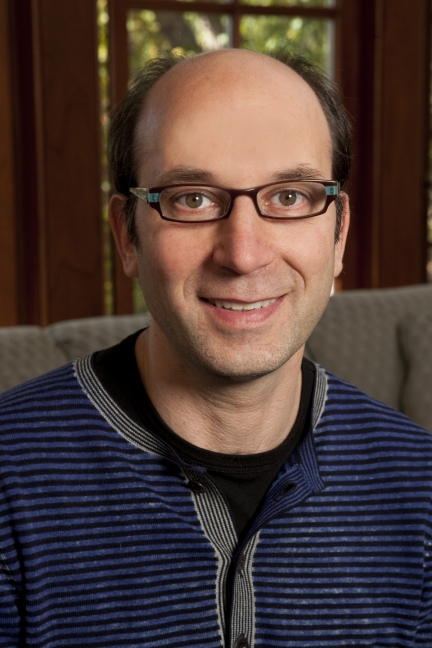In the next decade and beyond, cell biology will see an acceleration of the trend toward complementing process-centered approaches, in which one focuses on identifying and characterizing the key players that carry out a specific cellular job, with a component-centered view aiming to define systematically the functional roles of a given biological molecule (e.g., a protein or a specific lipid species). This move will be enabled by increasingly sophisticated functional genomic efforts that provide high-resolution and precise information on the location, levels, and biological impact of given components. We have already seen the value of these sorts of systematic approaches in yielding not only more data but also qualitatively better information in areas such as genome sequencing, expression analysis, lipidomics, and now protein–protein interactions. Increasingly these systematic efforts will move toward the comprehensive exploration of more sophisticated cellular phenotypes in which functional genomics will increasingly become the driving creative force behind discoveries. This will not only speed up the rate of discovery but also help move cell biology toward more principled, less ad hoc approaches for defining gene functions. Indeed the type of arguments that we now commonly use to “prove” that we know what a protein's biological role is may well seem rather quaint and descriptive to the next generation of biologists. The good news for the cell biology community is that rather than replacing us with automatons, this flood of information will allow those with an intimate knowledge of cell biology to leverage their knowledge.
Jonathan S. Weissman
The last 50 years has seen cell biology driven by two extraordinarily successful and intimately related approaches. The first is the “inspired investigator” model where an individual or small group of individuals identify a key biological process and an experimental paradigm for dissecting this process. The second is the reductionist strategy in which one starts with a complex process, identifies key players in this process, and figures out how they work together as molecular machines. The crowning glory of such efforts is often a series of crystal structures, some cleverly designed mutations, and perhaps a chemical genetic screen to identify small molecule modulators.
The limits of the reductionist approach have been discussed extensively. We all know that at some point ever increasing specialization and microdissection risk missing the forest for the trees, and this has led to the emergence of the field of systems biology.
There is much less discussion of the limits and inherent biases of the process-oriented focus intrinsic to the inspired investigator model. This model made sense in the recent past when there was an excess of interesting, immediately accessible processes and the challenge was to find gene products that helped carry them out. Now, however, the opposite is true: we are faced with an abundance of interesting conserved genes, proteins, sugars, and lipids, and the challenge is to define what they actually do. But beyond solving this practical problem, systematic factor-oriented approaches hold the promise of balancing out some of the intrinsic limitations of the prevailing methods of discovery. For example, as esthetically pleasing as the inspired investigator approach might be, it can lead to unjustifiable distortions in how we allocate our resources and creative energy. A successful lab, through its trainees and the people it inspires, leads to a self-propagating group of energetic and highly motivated investigators dedicated to studying a process, but this can lead to narrow and over-populated fields. Also, once a protein has been shown convincingly to have a specific biological role, there can become a de facto impediment to discovering other “moonlighting” functions, as there will be a lingering suspicion that any additional phenotypes are sequelae of its characterized role. Just think how tempting it is to put a chromatin-remodeling factor or a ribosome subunit on the back burner when it comes up in your favorite genetic screen.
More broadly, we are working in a time when incredibly powerful tools are developing at an increasingly rapid rate. One of the lessons that we see from the $1000 genome challenge is that the clear enunciation of a well-defined technical goal has the power to focus and motivate extraordinarily imaginative engineering approaches. Thus a collective goal of cell biologists is to think clearly about what new types of data and approaches have the potential to be most transformative and to exploit the power of technology, not only to do what we already know how to do faster, but to more fundamentally rethink the strategies we use to attack biological problems.



